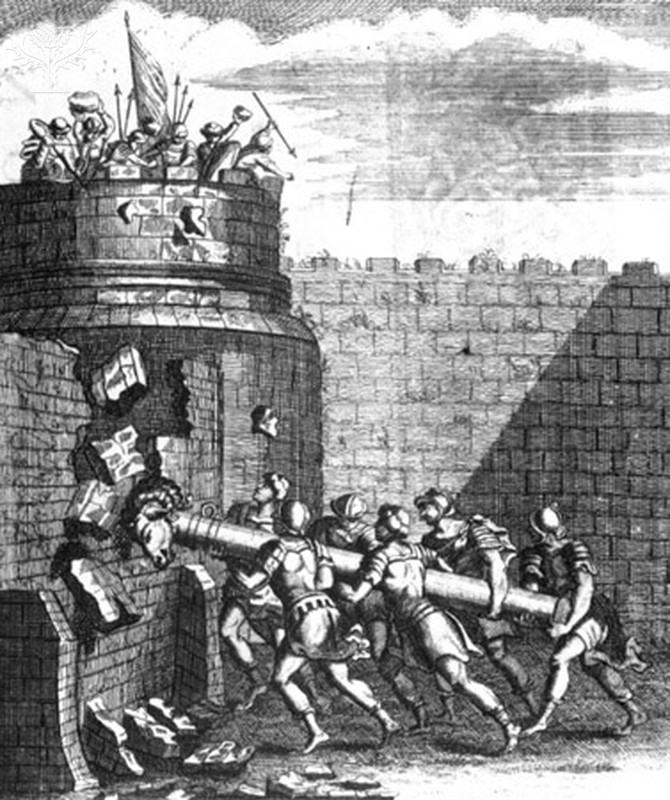Pat Tompkins

MATSUO BASHO (1644-1694). – Japanese poet. Scroll painting by Watanahe Kwasan. The Granger Collection / Universal Images Group
Note: Haibun, originally a Japanese literary form, combines prose and haiku. Usually the prose suggests a story or journey, and, as with haiku, the prose should be succinct, concrete rather than abstract, leaning more toward imagery than narration. What’s key is that the haiku, which does not need to follow the old 5-7-5 syllable “rule”, works with the prose without repeating it. The haiku can serve as a juxtaposition; and, although it is often last, can appear elsewhere in the piece.
The Coconut Cake Lady
A woman twice my age approached me at the bakery while I waited for my order. “You don’t know me and I don’t know you,” she said, looking somber. “Would you buy me a piece of coconut cake?
My eyebrows probably gave away my surprise at this very specific and, at eight in the morning, peculiar question. Who eats cake so early? I said, “Do they even have coconut cake today?” I peered at the display case: cheesecake, a chocolate torte, strawberry tarts, and looming high, the four-layer extravagance feathered with white flakes.
“Yes, they do,” she said with enthusiasm. A card noted the price: the most expensive item. She didn’t look homeless, just shabby. Her cardigan’s Fair Isle pattern was blurred by wear and seemed heavy for June. I handed her the money. “Thank you so much.”
I took my raisin toast and coffee to the patio, my Saturday morning treat, as I read the newspaper. The bakery’s coffee wasn’t as dark as I like, but there was cream and free refills, plus real butter and decent marmalade. For an hour, I could pretend to be the type who splurged on fancy coffee drinks and rich sweets, even though I ordered plainer fare.
As I paged through the paper, I wondered: Did I look like an easy mark? Her cake cost more than my items combined. Consider it a good deed. Anyone desperate enough to ask for cake deserved it. You can’t get what you want unless you ask for it, right?
It’s not enobling, dwelling on the cost of things. I went inside for more coffee. The cake lady sat with an empty plate and espresso cup. She said, “I would have paid for the cake with a check but they wouldn’t take it without the manager’s approval.And the manager isn’t in yet. It’s ridiculous. I’ve been at my bank 22 years.”
I gave her a thin smile. Who writes a check for cake? You must think I’m really dumb.
Later, I realized what bothered me: fear. Fear that I’d end up like her, alone and poor in the city, begging for a treat.
she walks with a cane
among quaking aspens
early November
***
Camera Obscura
Not a modest man, Eadweard Muybridge, he of the weird spelling, often signed his negatives Helios. Sun god. Some god. And he dubbed his mobile darkroom, horse-drawn wagon or chariot, “Helios’s flying studio.” To capture action, most famously a running horse, all hooves off the ground—he shot a series of stills.
An early name for what we call photography was “sun drawing”. Monsieur Daguerre gave his name to his craft. Writing with light, with an echo of fancy and fantasy in photo. Can we believe what we see or is it a trick of the light? Or a manipulation of the image (cousin of imitate), sleight of hand? Solar print. If we can’t count on the sun—sunrise/sunset—what can we rely on?
technology
conquers the art of drawing:
is handwriting next?
***
Mauna Kea
It’s May in Hawaii yet I’m wearing a knee-length down jacket, hood up, and padded gloves because it’s also 35 degrees and windy atop this inactive volcano. An elevation of nearly 14,000 feet and absence of light pollution make it one of the best accessible places on Earth for viewing the night sky.
Near the equator, this view encompasses the northern and southern hemispheres. A simple pivot brings me the Southern Cross and the Big Dipper in one place. Although only a few thousand feet closer, the stars appear much nearer.
navigating
by starlight
how far can you go?
***
Paving the Road to Hades
The ancient Greeks are always with us. Developed as a painkiller, morphine, a derivative of opium, was named for Morpheus, Greek god of dreams. Heroin was intended to be a non-addictive substitute for morphine. name, from Greek heros, refers to a godlike character with great power. Unfortunately, heroin is highly addictive and more potent than morphine. The German pharmaceutical company Bayer marketed it in 1895 as an over-the-counter cough suppressant; it remained a Bayer trademark until World War I.
losing a war
by missing the enemy
camouflage
***
Pat Tompkins is an editor in the San Francisco Bay Area. She discovered the haibun form a few years ago and has published in CHO, Haibun Today, KYSO Flash, and other publications.
Photo credit: MATSUO BASHO (1644-1694). – Japanese poet. Scroll painting by Watanahe Kwasan.. Fine Art. Encyclopædia Britannica ImageQuest. Web. 10 Aug 2016. http://quest.eb.com/search/140_1628600/1/140_1628600/cite
































